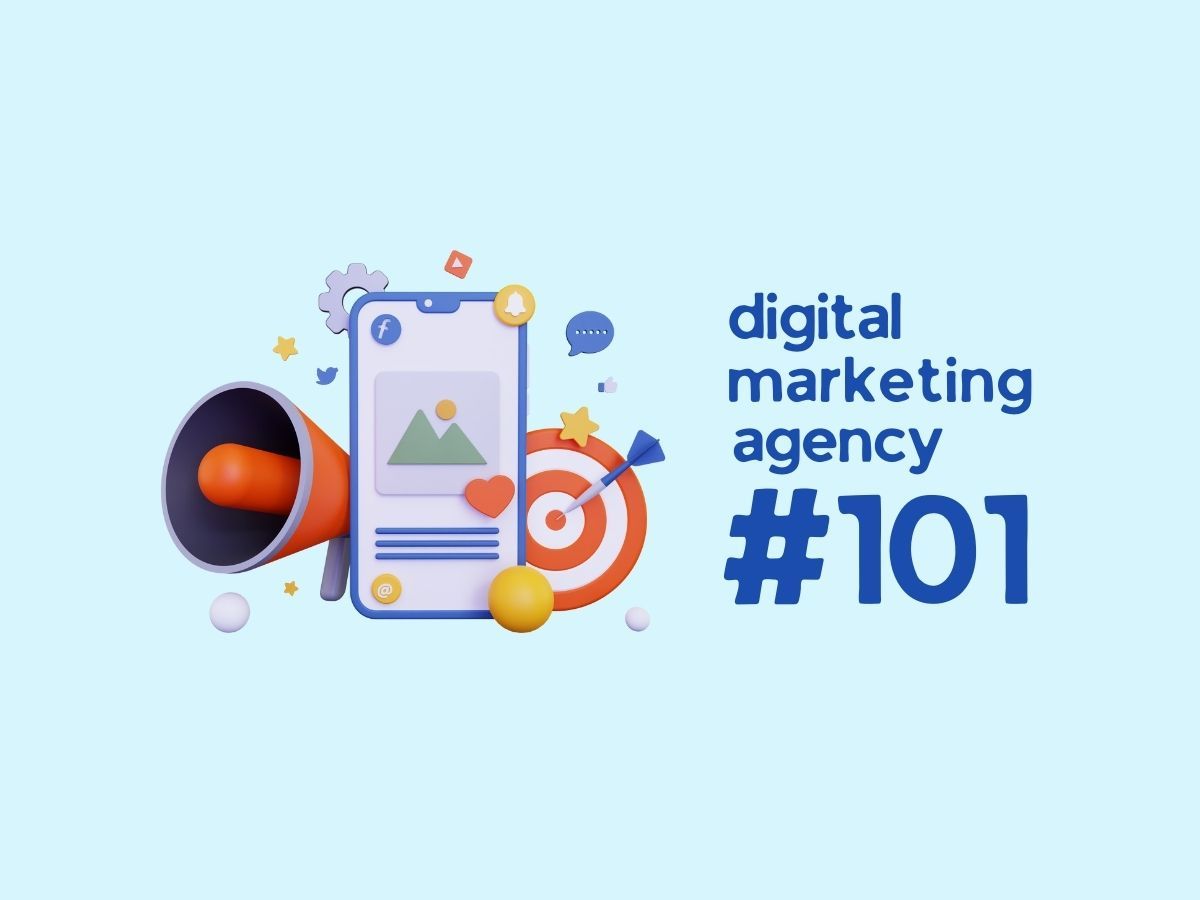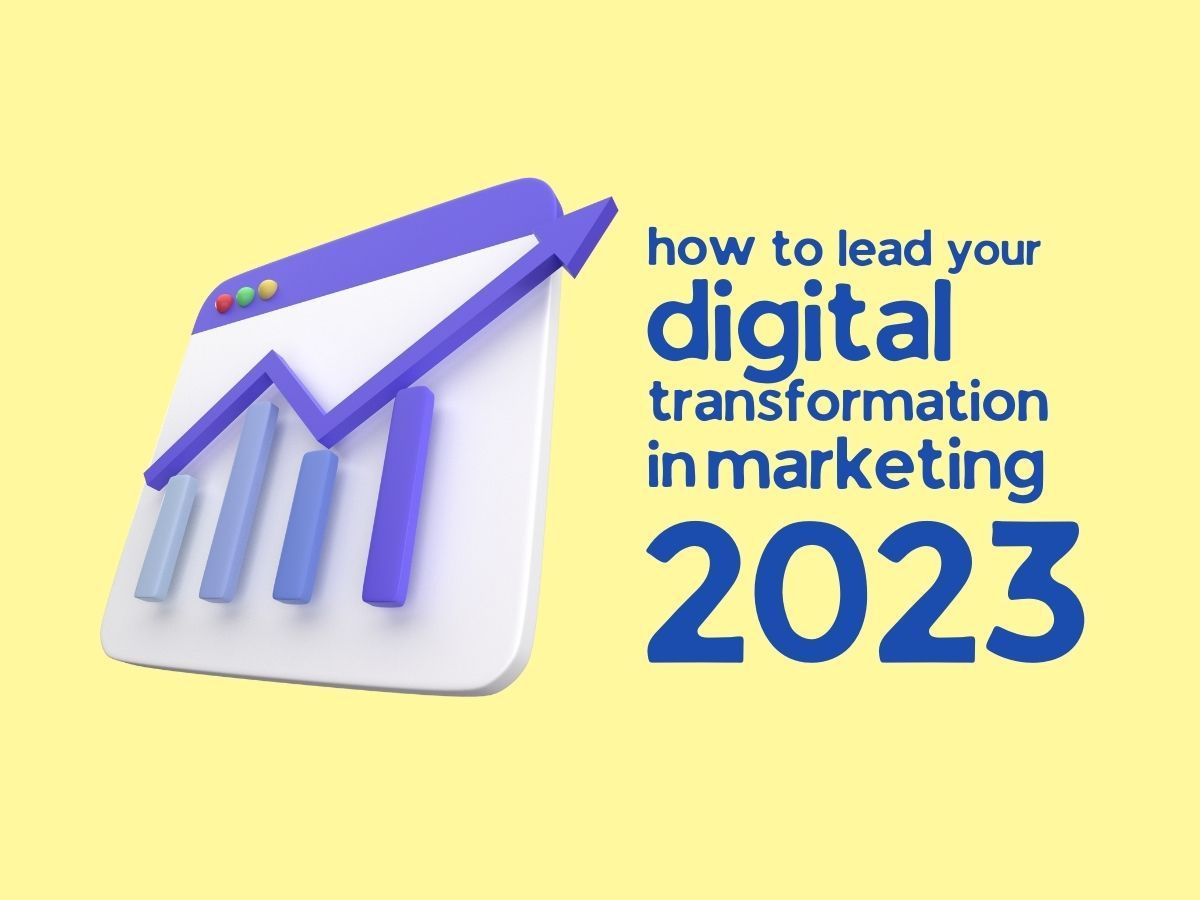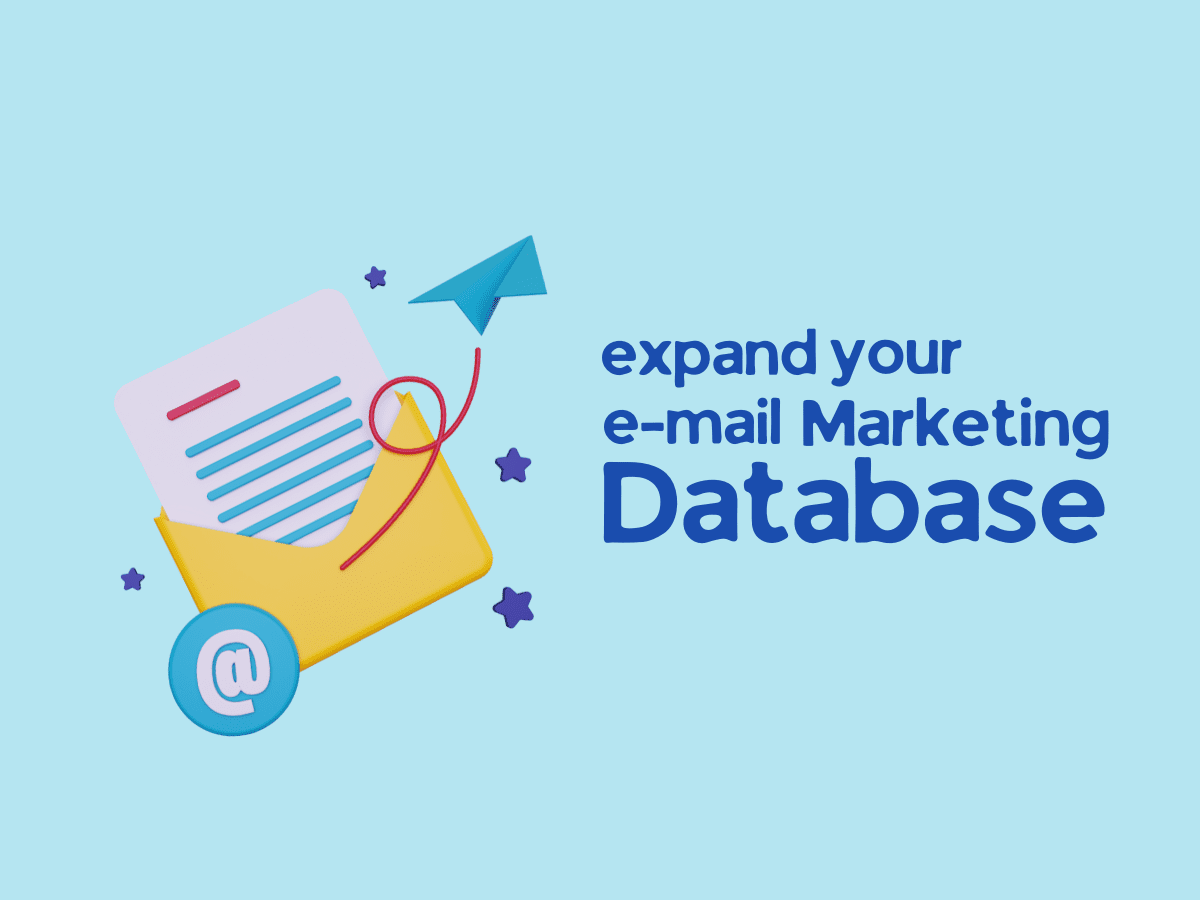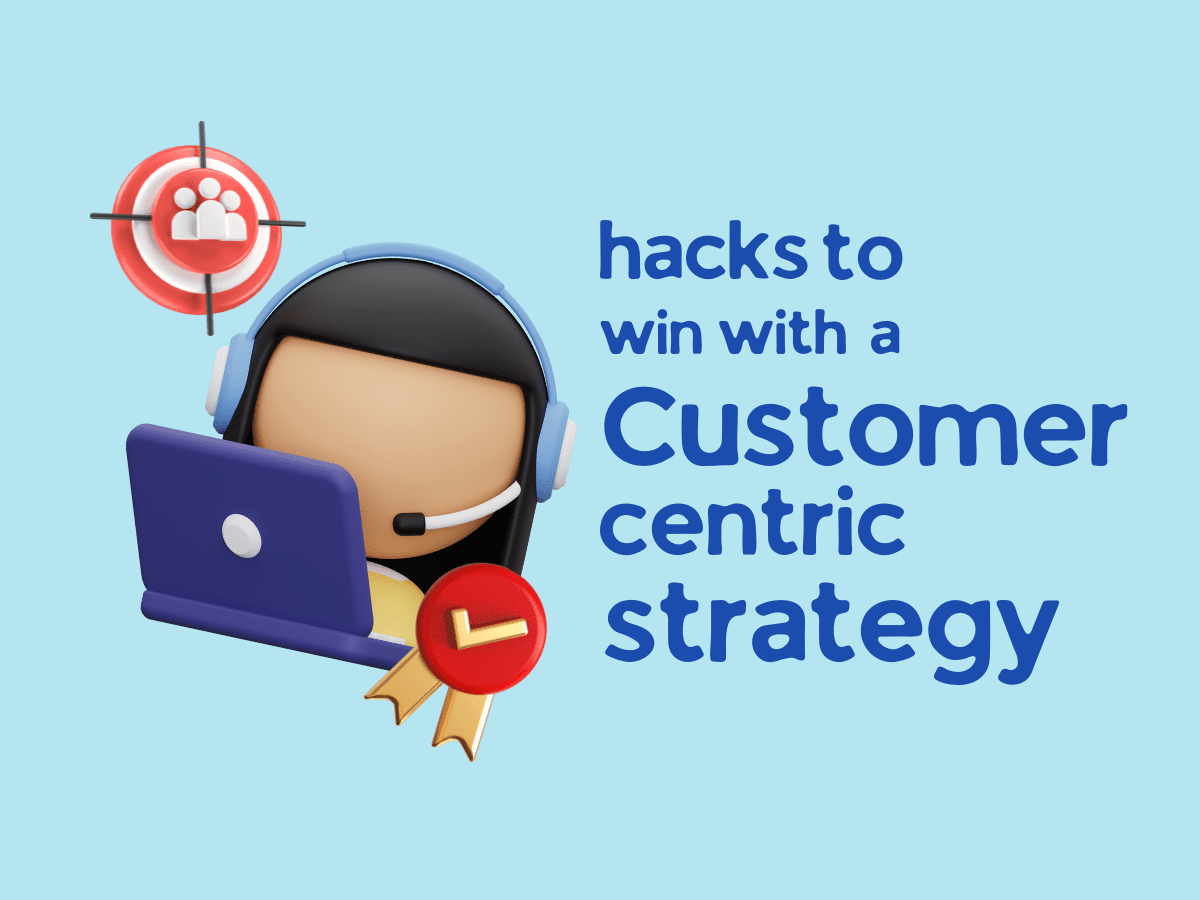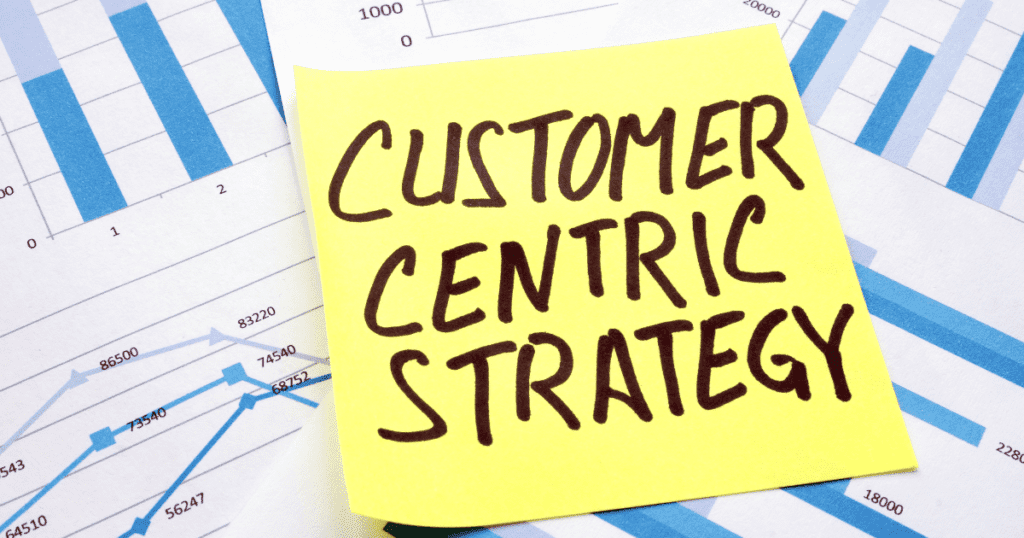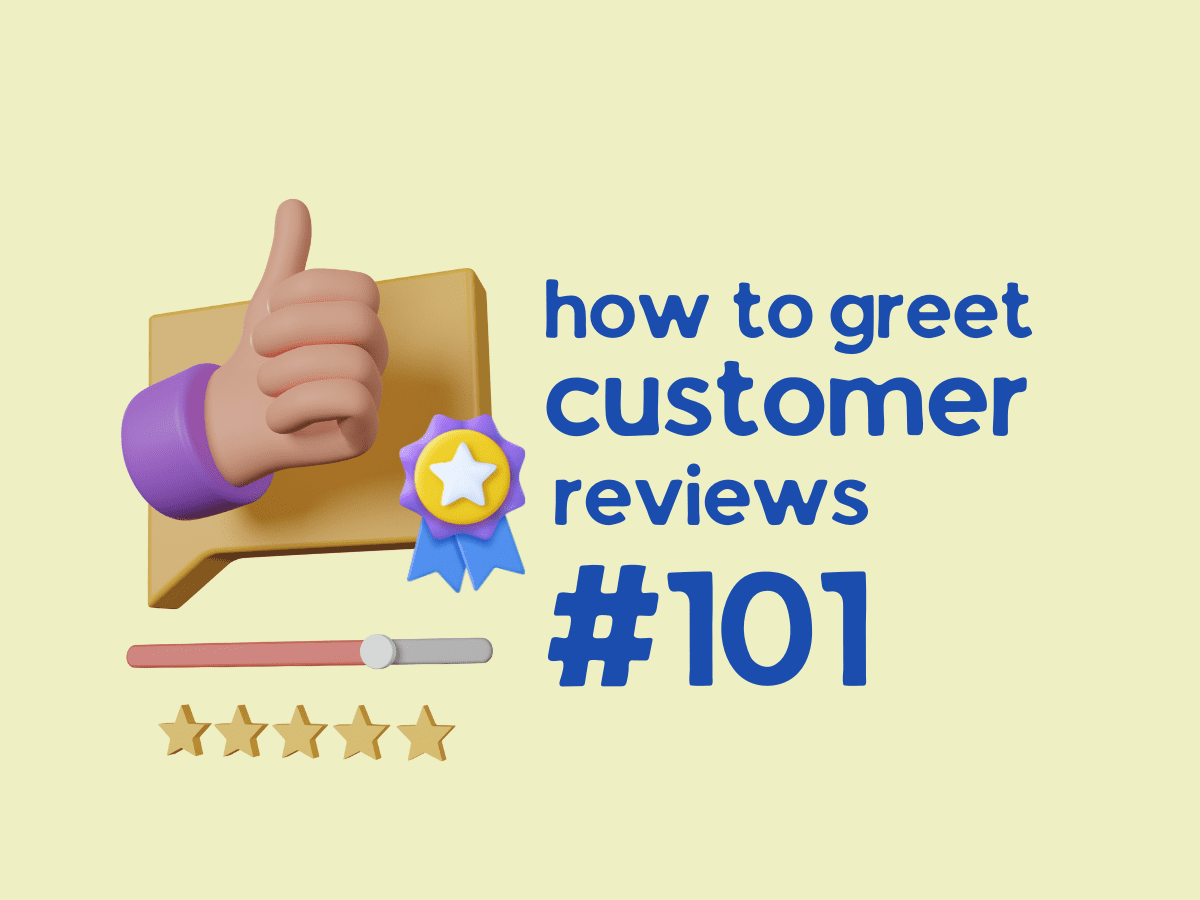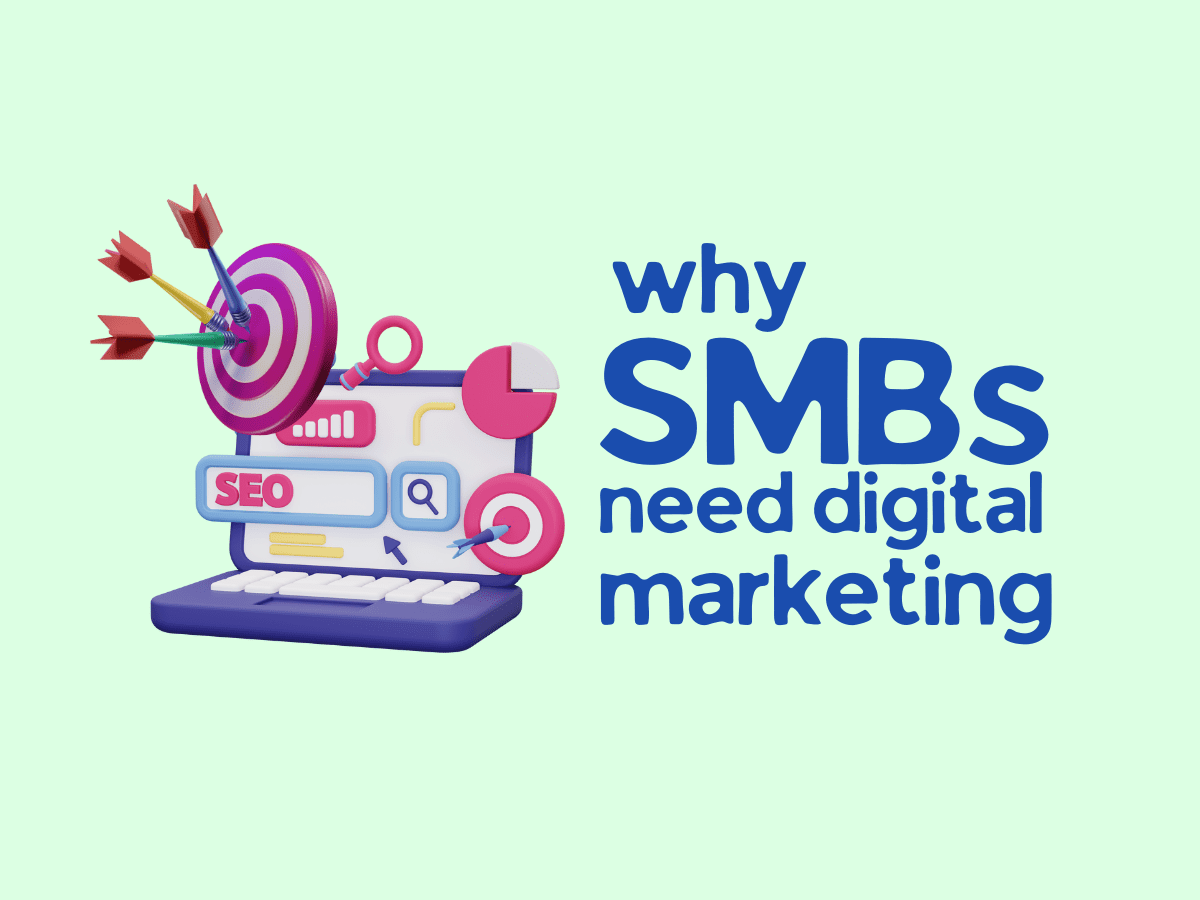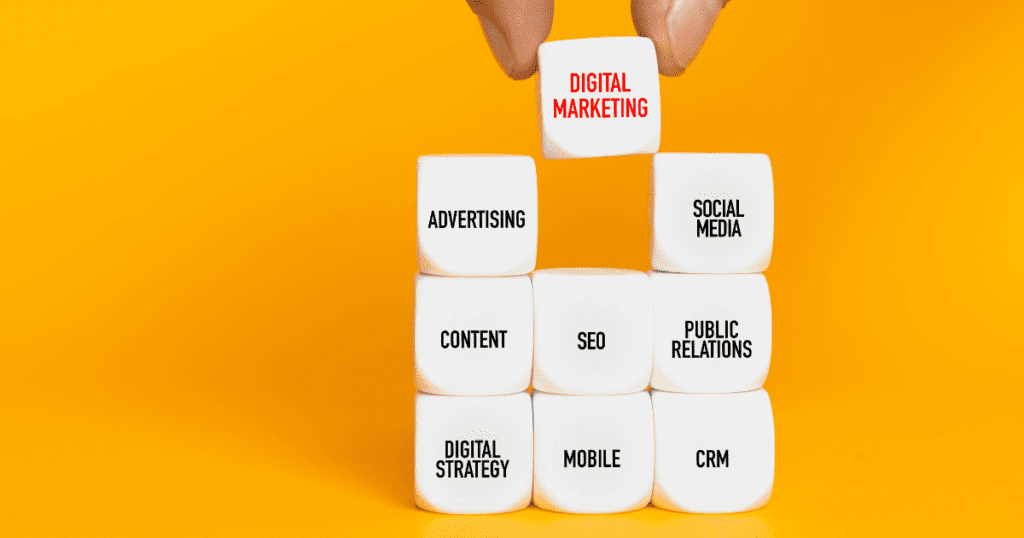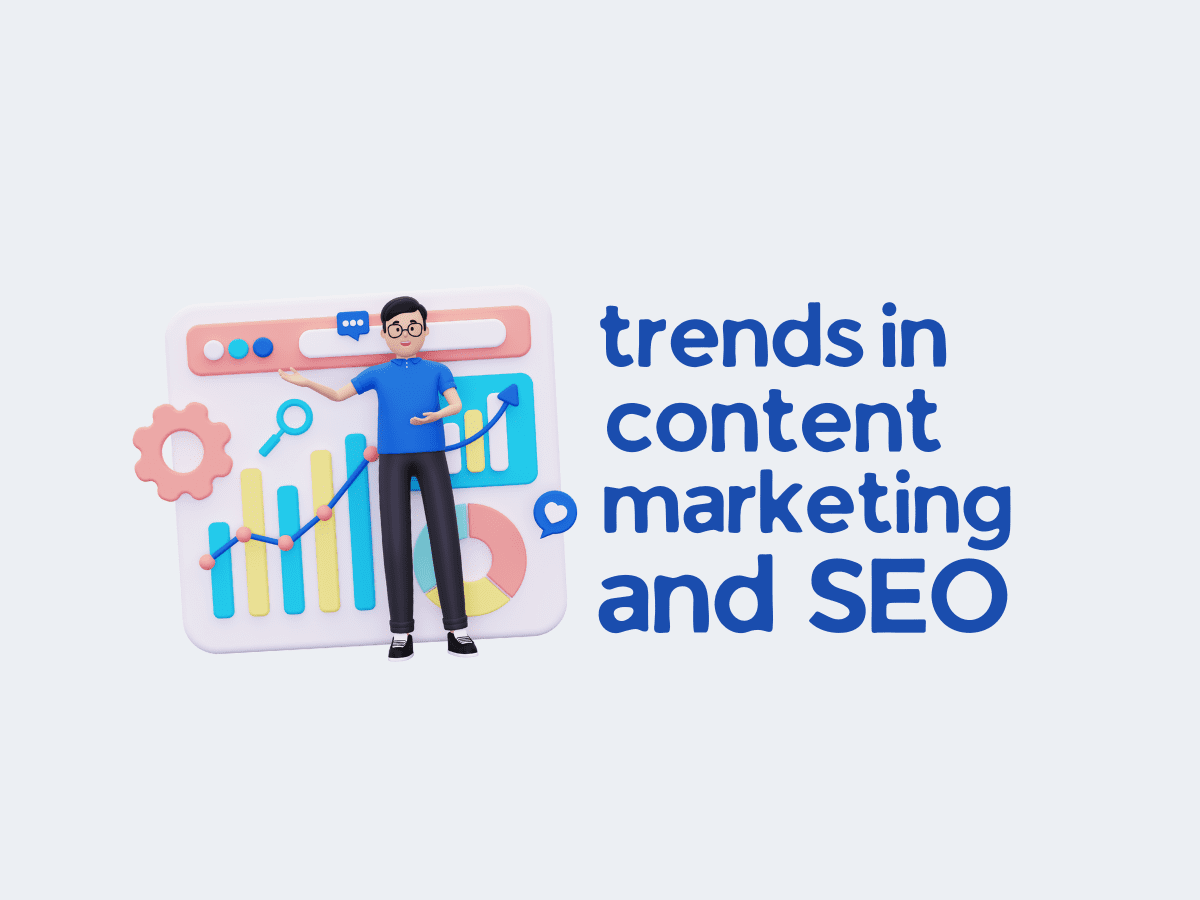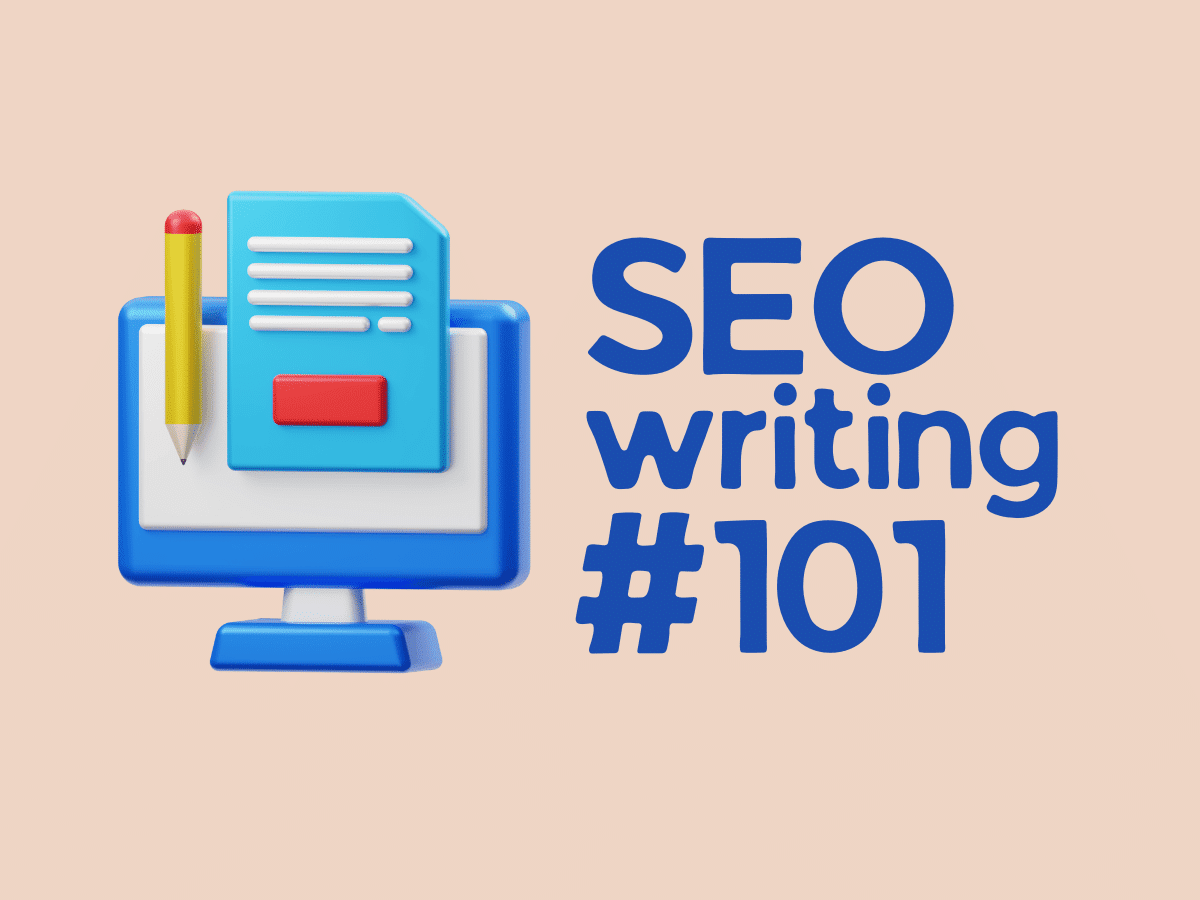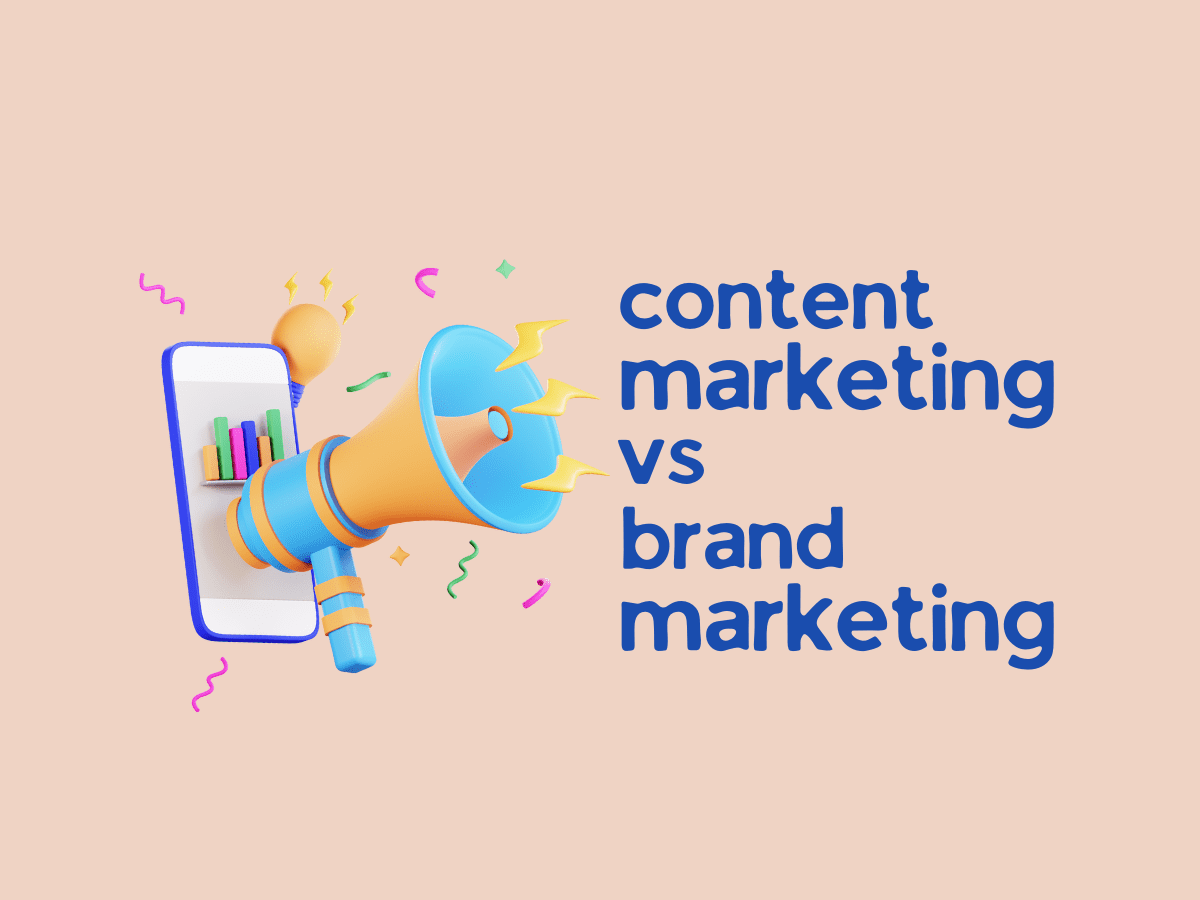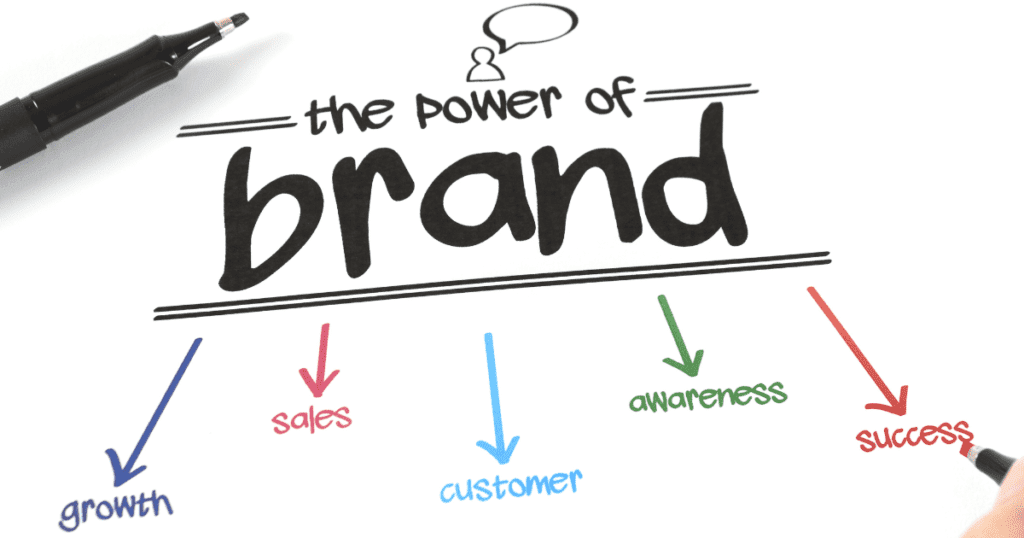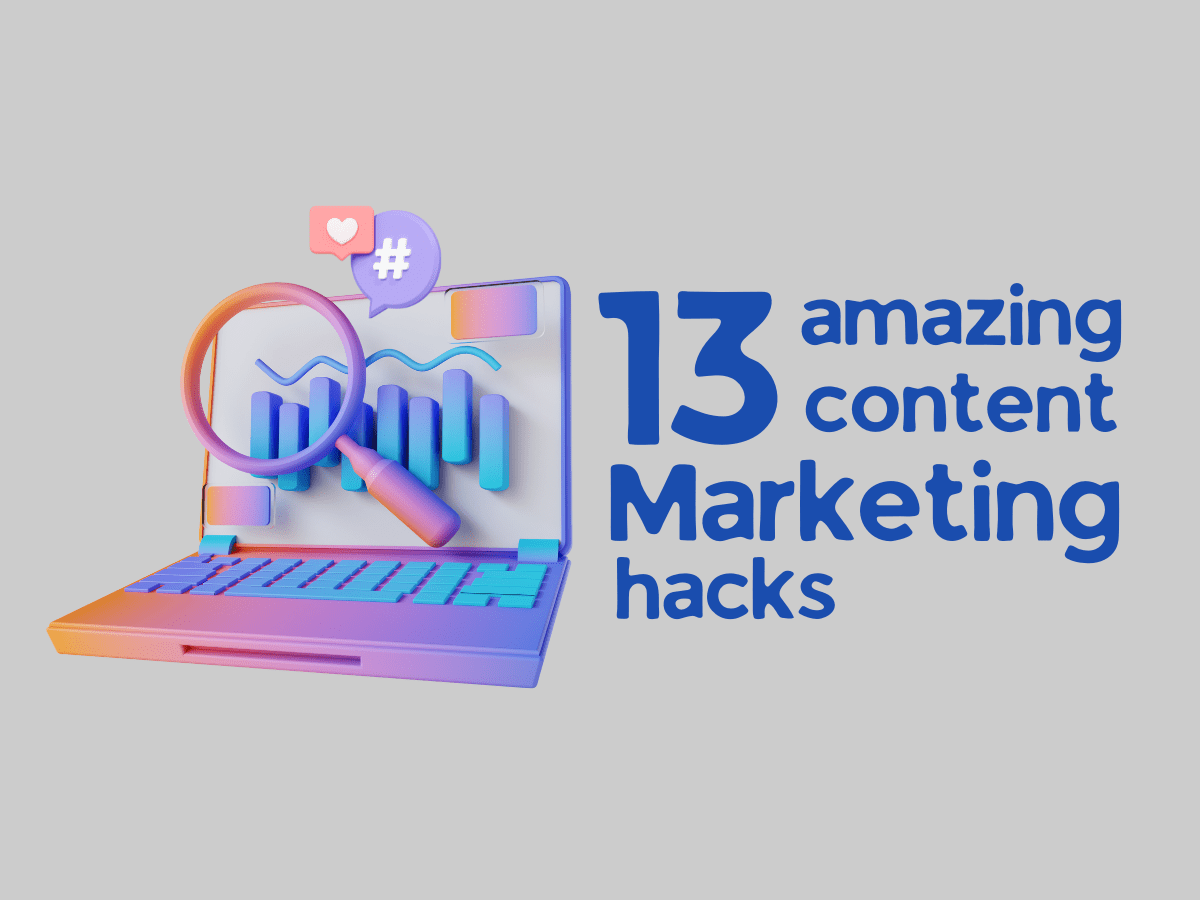Digital marketing agencies are companies employed by other businesses to manage their digital marketing activities:
from designing social media strategy to informing and executing the SEO optimization of web pages and content.
Depending on the size and scope of the needs of the client, the digital marketing agency–typically a team of digital marketing experts–will work on both short-term campaigns and long-term maintenance of a business’s digital marketing output to achieve specific and measurable company goals such as boosting traffic, sales, or engagement.
What is a Digital Marketing Agency?
A digital marketing agency performs the functions of a digital marketing team or supports an existing in-house digital marketing team on behalf of a company or client. These capabilities will vary depending on the specific needs of the business you are responsible for, but typically you will use omnichannel, multichannel, or single-channel marketing across websites, blogs, social media, and platforms, to reach your customers and prospects through email and more digital marketing channels.
A digital marketing agency may be employed to execute a strategy already created by a business, or they might be brought on to help advise on strategy, or plan it from scratch. The goal of these innovative strategies is to market products and services online to enhance interaction and ultimately increase sales and revenue. A digital marketing agency might manage social media accounts, optimize website pages, create and publish content for blogs or other publications, or implement an SEO strategy to ensure a brand appears high on search engine result pages for relevant search terms.
A digital marketing agency will typically employ experts from specific areas of digital marketing in order to offer various specializations and expertise. Those areas might include:
- Search engine optimization (SEO)
- Email marketing
- Content marketing
- Content and copywriting
- Social media marketing
- Search engine marketing (SEM)
- Data analysis
- Pay-per-click (PPC) advertising
- Mobile Marketing
- Affiliate marketing
- Brand management
- Video creation
- Digital PR
- Marketing automation
- Graphic design
- Conversion rate optimization (CRO)
- Community management
3. Why Use a Digital Marketing Agency
Choosing to hire a digital marketing agency over building an in-house team (or doing everything yourself) has many benefits.
Staying on top of these changing trends and predicting future trends are tasks that a digital marketing agency`s team of experts will be routinely performing for all their clients. For smaller companies, startups, or sole traders, a digital marketing agency can provide either an extension to a small in-house marketing team, or provide a complete marketing package, supporting a company with its collective knowledge of all areas of digital marketing, such as SEO, SEM, PPC ads, and social media marketing.
When a company outsources its marketing needs to a digital agency, a company with limited marketing resources can rest assured that its marketing demands are in expert hands. You benefit from the best digital marketing tools However, while these tools offer great value to marketing teams and professionals, there are two potential problems for businesses.
And new digital marketing tools are popping up all the time. Agencies should always have budgets for access to the latest and most impactful digital marketing tools and train their teams of marketers on how to use them for maximum benefit to their brands and businesses. Customers pay a flat agency fee, so no additional investment in digital tools is required. Hiring a digital marketing agency can give you a new perspective on your ideas from people learning about your business for the first time.
When you work for an agency, you are not limited to the marketing knowledge of one or two individuals, but rather the combined experience of many professionals. Since the clientele that agencies typically work with is broad, from large corporations to start-ups to freelancers, their team will likely have experience working for companies like yours and will be able to provide helpful guidance and advice specific to your problem.
4. What services do digital marketing agencies offer?
We have already outlined some of the main services that digital marketing agencies can offer their clients. Now let’s take a closer look at the specific actions digital marketing agencies can take to increase traffic, engagement, sales, and revenue from their clients.
Search Engine Optimization (SEO)
SEO is the process of improving a website’s content to make it easier for users to find it on search engines such as Google and Bing. The more relevant a search engine algorithm deems a website to be in relation to a certain theme or word, the higher up that page gets ranked on a search engine’s results pages (also known as SERPs). When this happens, users searching that search term (or ‘keyword’) see that website first, and are therefore more likely to visit it.
Within a digital marketing agency, marketing specialists will use the following tactics to improve a client’s SEO, and therefore boost website traffic with interested users:
- Keyword research
- On-page optimization
- Information Architecture
- Answering common industry search queries with high-quality, relevant content
- Link building
- Competitor research and analysis
- Page navigation
- Focus on the user experience
Pay-per-click advertising (PPC)
PPC is a form of search engine marketing (SEM) which brings users to a company website through paid search advertising campaigns, with the long-term goal of making the website as visible and easy to find as possible. PPC works by charging the person who has placed an advertisement (in this case, a digital marketing agency or the client) every time a user clicks on one of their ads.
PPC advertising can be a cost-effective digital marketing technique as the advertiser is only charged when a user actually lands on their website but is not charged for simply running the ad. PPC is also targeted, allowing advertisers to choose demographics such as location, language and device type.
Social Media Marketing
Social Media Marketing is the process of planning, creating and publishing eye-catching, engaging, high quality and relevant content on a company’s social media platforms. These social media channels typically include Facebook, Twitter, and Instagram, but also sites such as LinkedIn, YouTube, Pinterest, Reddit, and TikTok, depending on where your company’s audience spends most of their time.
The purpose of posting content on social media is to grow your audience, followers, or community. Build brand awareness and authority, convert and retain customers, and increase business revenue. In reality, it is an opportunity to promote products and services, educate users about what a company does and means on a daily basis, and interact directly with its target audience.
Marketing automation
Marketing automation is what happens when tools and services are used which can automate different marketing activities to streamline activities and goals, enhance efficiency and productivity, and enable the tracking and analysis of large amounts of data. A digital marketing agency can set up marketing automation tools on behalf of a company or client for a range of activities related to:
- Social media planning, scheduling, and posting
- Analytics and ROI tracking
- Conversation monitoring
- Campaign segmentation
- Content curation and management
- Email marketing (email outreach, customer journey emails, and newsletters)
- Lead generation, analysis, and management
- Testing
- Website visitor tracking
Email marketing
Email marketing is the creation of sequences of emails to promote a product, offer, or service to a company’s client base or users. Creating sequences which align with the customer journey–from the “Welcome” email sequence through to “Sales” emails–the goal of email marketing is to address the user’s needs, solve their problems, and answer their questions at every stage of the journey in order to convert a lead or nurture a sale.
Conclusion
By leveraging various digital channels, such as social media, search engine optimization, and email marketing, a digital marketing agency can help businesses connect with potential customers and build brand awareness. Additionally, working with a digital marketing agency allows businesses to focus on their core competencies while leaving the complexities of digital marketing to the experts.
With the ever-increasing importance of digital marketing in today’s business landscape, partnering with a digital marketing agency can be a crucial step toward achieving long-term success. With that, we’ll see you in the next one, follow us on our social media handles below.


